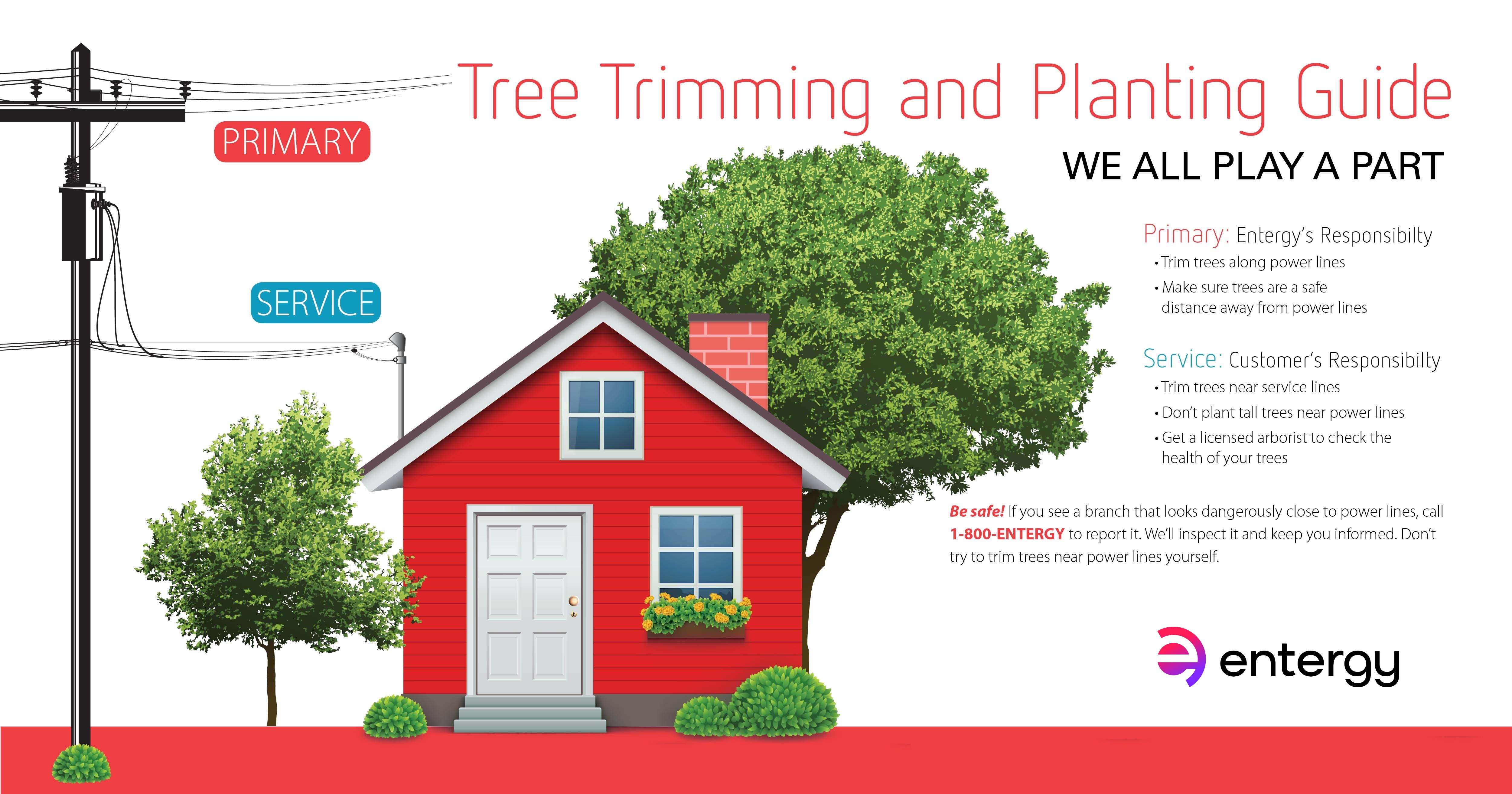Determine Essential Signals That May Suggest Your Tree Is Hazardous; Understanding These Can Help Guarantee The Security Of Your Residential Property And Liked Ones.What Should You Observe Next?
Determine Essential Signals That May Suggest Your Tree Is Hazardous; Understanding These Can Help Guarantee The Security Of Your Residential Property And Liked Ones.What Should You Observe Next?
Blog Article
Write-Up By-Vogel Goodman
When it pertains to tree care, identifying the indicators that it's time for elimination is crucial for your security and residential or commercial property. You might observe tarnished leaves, wilting branches, or strange fungal developments suggesting health problems. Structural issues, like a considerable lean or splits in the trunk, can also position threats. Comprehending these warning signs can help you make informed choices regarding your trees and stop possible dangers prowling in your backyard. What should you search for following?
Signs of Decay and Condition
When you notice signs of degeneration and condition in your trees, it's important to act quickly. Search for stained leaves, wilting branches, or uncommon growths like fungi. These can suggest that your tree is struggling.
If you see splits in the bark or soft, mushy wood, these signs recommend inner degeneration. Furthermore, a sudden increase in insects around your tree can signal that it's deteriorated and at risk.
Look for any type of dead or passing away arm or legs, as they position a risk to your property and security. If Fruit Tree Pruning Guide regarding what you see, getting in touch with an arborist can offer clearness.
Addressing these indications early can conserve you from a lot more comprehensive damage and ensure the health of your yard. Do not wait till it's too late.
Structural Instability and Leaning
As you observe your trees, watch out for any kind of signs of architectural instability or leaning. If a tree leans significantly, it might suggest that the origin system is endangered.
Look for great site in the trunk or soil around the base; these can signify prospective failing. Furthermore, look for unusual development patterns, like an unbalanced crown, which might suggest that the tree is battling to hold itself upright.
If you observe that the tree favors your home, high-voltage line, or various other frameworks, it postures a better danger. Don't ignore these signs-- seek advice from an arborist to evaluate the scenario.
Doing something about it early can stop expensive damage and guarantee your safety and security.
Dead or Perishing Branches and Foliage
If you notice dead or dying branches and foliage on your tree, it's a clear indication that something's wrong.
These unhealthy locations can show underlying concerns like illness, pest invasions, or environmental stress and anxiety. When branches lose their fallen leaves or transform brown, they're no more contributing to the tree's health and wellness. Overlooking these signs can result in more decrease, making your tree extra harmful.
Dead branches can easily break off throughout storms, posing a threat to residential or commercial property and individuals close by. It's important to assess the extent of the damages.
If the issue impacts a considerable part of the tree, take into consideration seeking advice from a professional. They can assist establish if removal is essential to ensure security and preserve the charm of your landscape.
Final thought
If you notice any type of indications of decay, structural instability, or dead branches on your trees, do not neglect them. These indications can position serious safety threats to you and your property. It's always best to seek advice from an expert arborist that can give a specialist evaluation of your trees. Acting early can stop accidents and expensive damage, ensuring your landscape remains secure and healthy and balanced. Keep in mind, it's far better to be aggressive about tree treatment than to wait for a catastrophe to happen.
